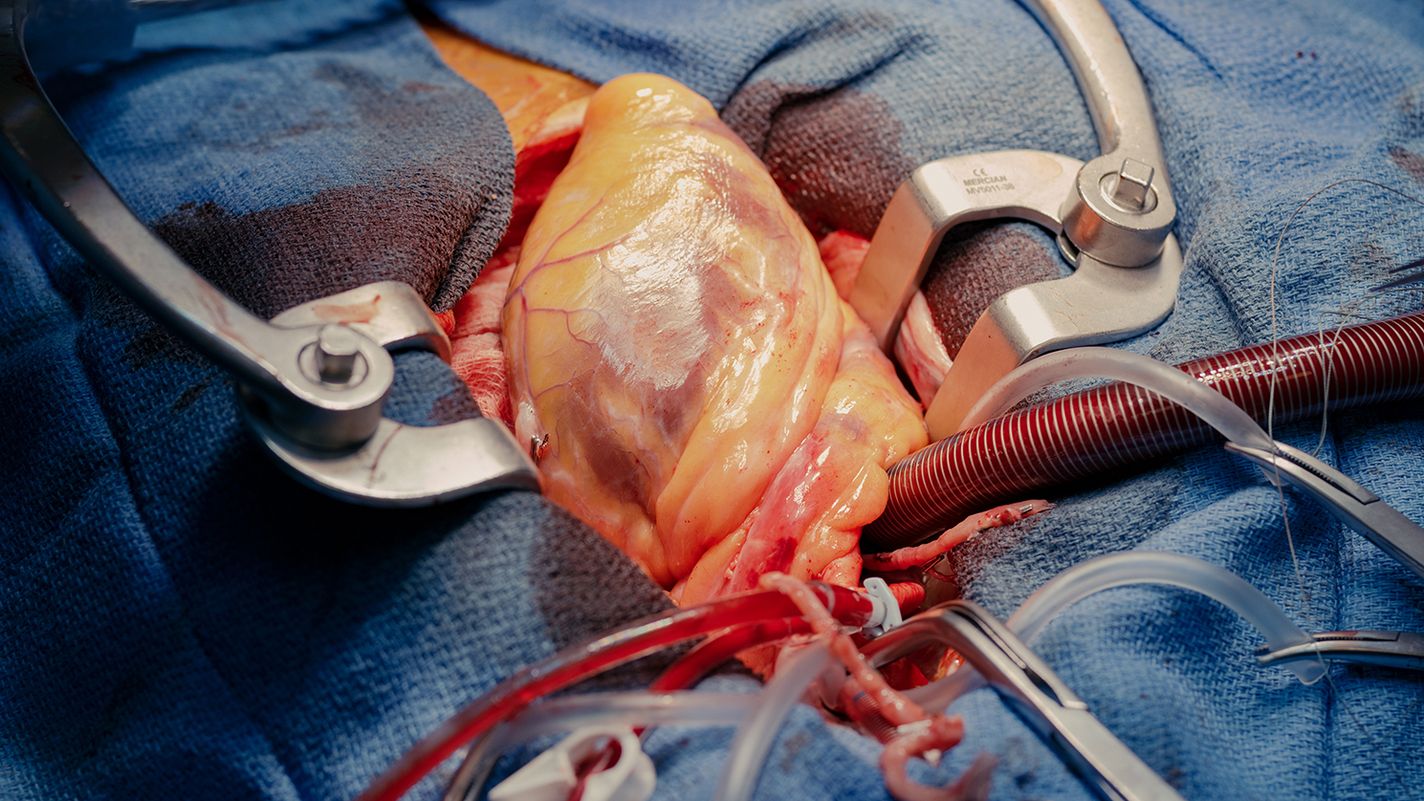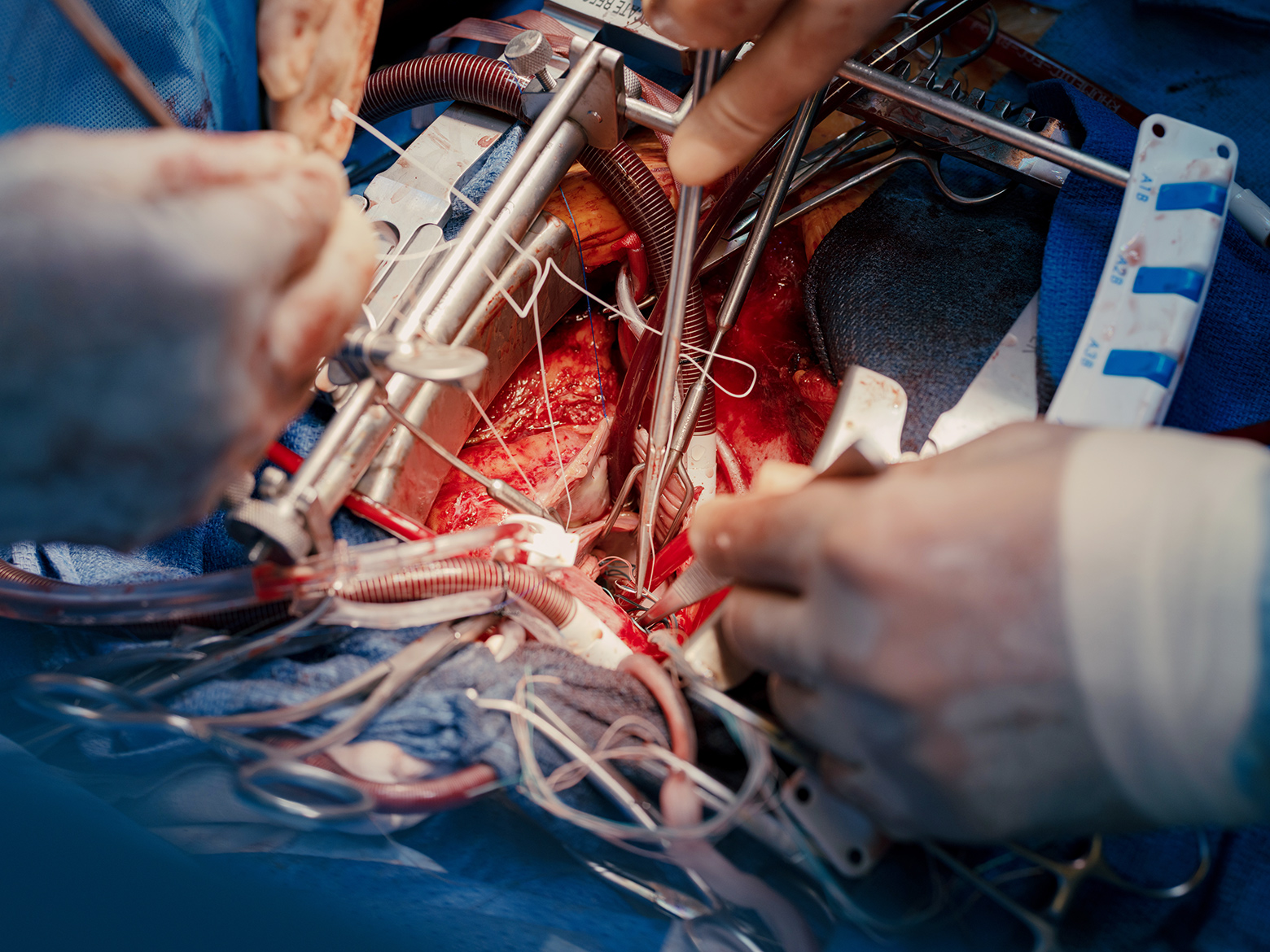
Introduction:
Heart surgery, once a perilous endeavor with uncertain outcomes, has evolved dramatically over the years. Thanks to groundbreaking advancements in technology, surgical techniques, and post-operative care, heart surgery has become safer and more effective than ever before. This article delves into the fascinating world of heart surgery, exploring the latest innovations, the impact on patient outcomes, and the future of cardiac care.
The Evolution of Heart Surgery:
The history of heart surgery is marked by remarkable milestones and pioneering surgeons who pushed the boundaries of medical science. In 1896, Ludwig Rehn performed the first successful heart surgery by repairing a stab wound to the right ventricle. This groundbreaking achievement laid the foundation for future advancements in cardiac surgery.
Over the decades, surgeons experimented with various techniques and approaches to address congenital heart defects, coronary artery disease, and valvular abnormalities. However, it wasn't until the mid-20th century that significant breakthroughs occurred, notably with the advent of cardiopulmonary bypass and the development of heart-lung machines. These innovations allowed surgeons to temporarily stop the heart's function, providing a bloodless surgical field and enabling complex procedures to be performed with greater precision.
Advancements in Heart Surgery Techniques:
Modern heart surgery encompasses a wide range of procedures, each tailored to address specific cardiac conditions. Coronary artery bypass grafting (CABG), valve repair or replacement, and heart transplant are among the most common surgeries performed today. Additionally, minimally invasive techniques, such as robotic-assisted surgery and transcatheter interventions, have revolutionized the field by offering patients shorter recovery times and reduced risk of complications.
Robotic-assisted surgery, in particular, allows surgeons to perform intricate procedures with enhanced dexterity and precision. By controlling robotic arms equipped with specialized instruments, surgeons can access the heart through small incisions, minimizing trauma to surrounding tissues and reducing post-operative pain.

Transcatheter interventions have emerged as a less invasive alternative to traditional open-heart surgery for certain conditions, such as aortic stenosis and mitral regurgitation. During these procedures, a catheter is guided through blood vessels to the heart, where a prosthetic valve or device is deployed to restore normal function. Transcatheter techniques offer benefits such as shorter hospital stays, quicker recovery, and reduced risk of infection.
The Role of Imaging and Technology:
Advancements in imaging technology play a crucial role in the planning and execution of heart surgeries. High-resolution imaging modalities, such as computed tomography (CT) and magnetic resonance imaging (MRI), provide detailed anatomical information, allowing surgeons to visualize the heart and surrounding structures with unparalleled clarity.
Furthermore, three-dimensional (3D) printing has emerged as a valuable tool in preoperative planning, allowing surgeons to create patient-specific models of the heart for detailed analysis and practice. By simulating surgical procedures on these models, surgeons can optimize their approach and anticipate potential challenges, leading to improved outcomes for patients.
The Future of Cardiac Care:
As technology continues to advance, the future of cardiac care holds tremendous promise for further innovation and improvement. Personalized medicine, driven by advances in genomics and molecular biology, will enable clinicians to tailor treatment strategies to each patient's unique genetic makeup and disease profile.
Additionally, the integration of artificial intelligence (AI) and machine learning algorithms into clinical practice will enhance diagnostic accuracy, optimize treatment planning, and improve patient outcomes. AI-powered predictive analytics can identify individuals at high risk of developing cardiovascular disease, allowing for early intervention and prevention strategies.
Furthermore, the field of regenerative medicine holds potential for revolutionizing the treatment of heart disease by harnessing the body's own healing mechanisms to repair damaged tissue. Stem cell therapy, tissue engineering, and gene editing technologies offer exciting possibilities for regenerating damaged heart muscle and restoring normal function.
Conclusion:
Heart surgery has undergone remarkable transformations over the years, fueled by technological innovation, surgical expertise, and a commitment to improving patient care. From the pioneering efforts of early cardiac surgeons to the cutting-edge techniques and technologies available today, the field continues to push the boundaries of what is possible in the treatment of cardiovascular disease.
As we look to the future, the trajectory of cardiac care holds immense promise for further advancements in precision medicine, minimally invasive techniques, and regenerative therapies. By continuing to embrace innovation and collaboration, the medical community can strive towards the ultimate goal of ensuring healthier hearts and longer lives for patients around the world.



You must be logged in to post a comment.